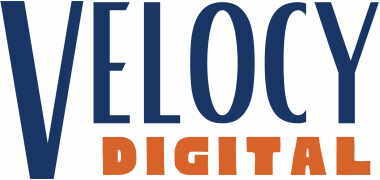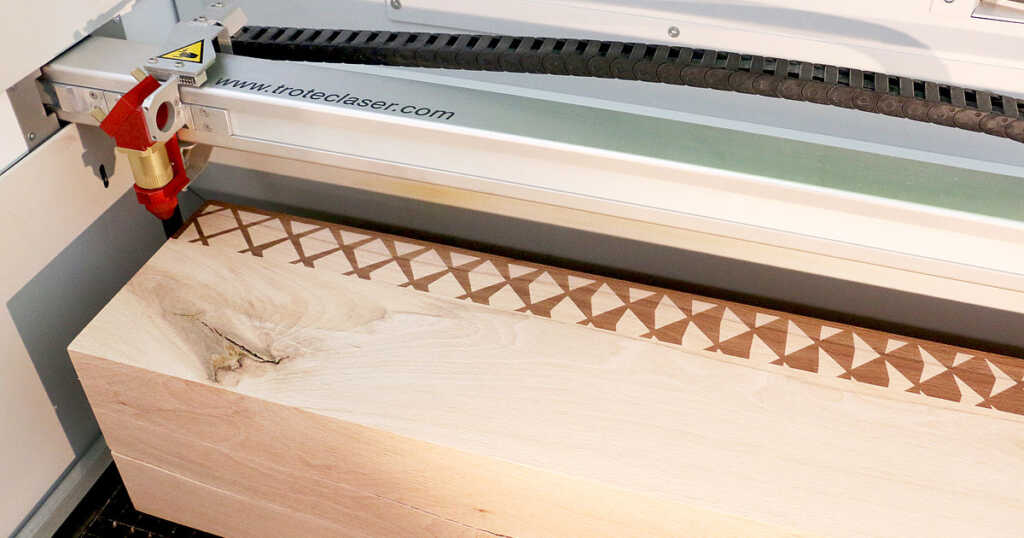What’s laser engraving and how does it work?
Laser engraving is a process that vaporizes materials into fumes to engrave permanent, deep marks. The laser beam acts as a chisel, incising marks by removing layers from the surface of the material. The laser hits localized areas with massive levels of energy to generate the high heat required for vaporization.
In this article, you’ll find in-depth information on how laser engraving works and how to find a laser engraving machine.
But first here’s a short video that shows a fiber laser engraving process in action. In this video, you’ll see the high-quality contrasts, the marking speed, and the fumes generated during laser marking.
Should You Choose Laser Engraving or Laser Etching?
To choose the right laser marking process, you should rely on three factors:
- The marking’s resistance: its capacity to remain legible under harsh conditions
- The laser marking speed: the marking time that prevents production bottlenecks
- The material being marked: its compatibility with the marking method
Laser engraving technology is typically used to engrave metal workpieces that will be exposed to various types of wear or surface treatments. Metal engraving works with steel and aluminum (including anodized and die-casting aluminum).
The most outstanding feature of this process is its ability to engrave 2D codes that keep high readability rates after post-process treatments. Those treatments can include shotblasting, e-coating and heat treatments, addressing the most complex traceability issues.
But if engraving the most resistant identifiers isn’t needed, laser etching is generally preferred because it’s a high-speed method that doesn’t rely as heavily on ablation.
You can laser etch a wider variety of materials, including steel, aluminum, anodized aluminum, lead, magnesium, and zinc.
From Solid to Gas: How It Works
Whereas laser etching melts the material surface to change its roughness, laser engraving sublimates the material surface to create deep crevices. This means that the surface instantly absorbs enough energy to change from solid to gas without ever becoming a liquid.
To achieve sublimation, the laser engraving system must generate enough energy to allow the material’s surface to reach its vaporization temperature within milliseconds. Considering the extreme temperatures required for sublimation, laser engravers are pretty powerful tools.
Materials are vaporized into fumes when they reach this temperature. As a result, when you buy a laser system, it should always come equipped with a fume extraction system to protect the work environment and an air knife to protect the laser’s lens.
Fiber lasers are the ideal engraving tools for this because they generate a wavelength that reacts well with metals.
Find a Laser Engraving Machine
If you’re looking for a laser engraving machine, this list will help you find the right laser:
- To integrate custom solutions yourself or with an integrator, view our OEM marking systems, including multiple types of lasers for industrial applications. Our range of laser systems includes fiber lasers and CO2 lasers.
- For turnkey automated or semi-automated laser solutions, consult our integrated laser machines page.
- To find information specific to the metal you’ll be marking, scroll through the list of metals.
- If you need guidance, you can always ask an expert.
Laser Cutting & Engraving Wood
Beschriftungslaser Holz are two of the most popular applications for the laser because they can encompass so many different projects. From cabinetry to photo frames to knife handles, Epilog Laser systems are used in almost every woodworking category you will run across. Whether you are working with hardwoods, veneers, inlays, mdf, plywood, walnut, alder, or cherry, you can engrave amazingly intricate images with a laser system.
How to Choose the Best Wood for Laser Engraving
1. Check the Resin Content
Wood typically burns lighter or darker, depending on the resin or sap content. If you want a darker burn, opt for wood that has high resin content like Cherry or Alder wood. If you’re looking to leave a minimal burn for a specific application, you’ll want to go for wood with lower resin content.
A good way to verify the resin content of wood without wasting any material is to use your wood laser etching machine to engrave the logo of your business in a place that won’t affect the overall personalization of the product. This test not only allows you to brand your product but lets you figure out the darkness or lightness of the burn as well.
2. Opt for Lighter Wood
Unlike paper, whose color you can easily manipulate, the base color of a laser-etched wooden product does not change. The base color always follows the color of the wood. Thus, it is vital to consider the wood’s color to allow you to achieve an excellent outcome.
When checking out wood color, refrain from working with dark wood. Darker wood usually obscures the laser etching marks, making engraved photos or text difficult to see or recognize. Lighter wood, in contrast, develops a dark and deep burn when etched, giving you well-defined marks for optimal visibility.
3. Choose Wood with Minimal Streaking
While streaks on wood look great on furniture, they become a distraction for engraved photos. Wood striping can quickly rob the engraving of any detail. When shopping for wood to laser engrave, choose one that has minimal streaks and a smooth, consistent grain.

